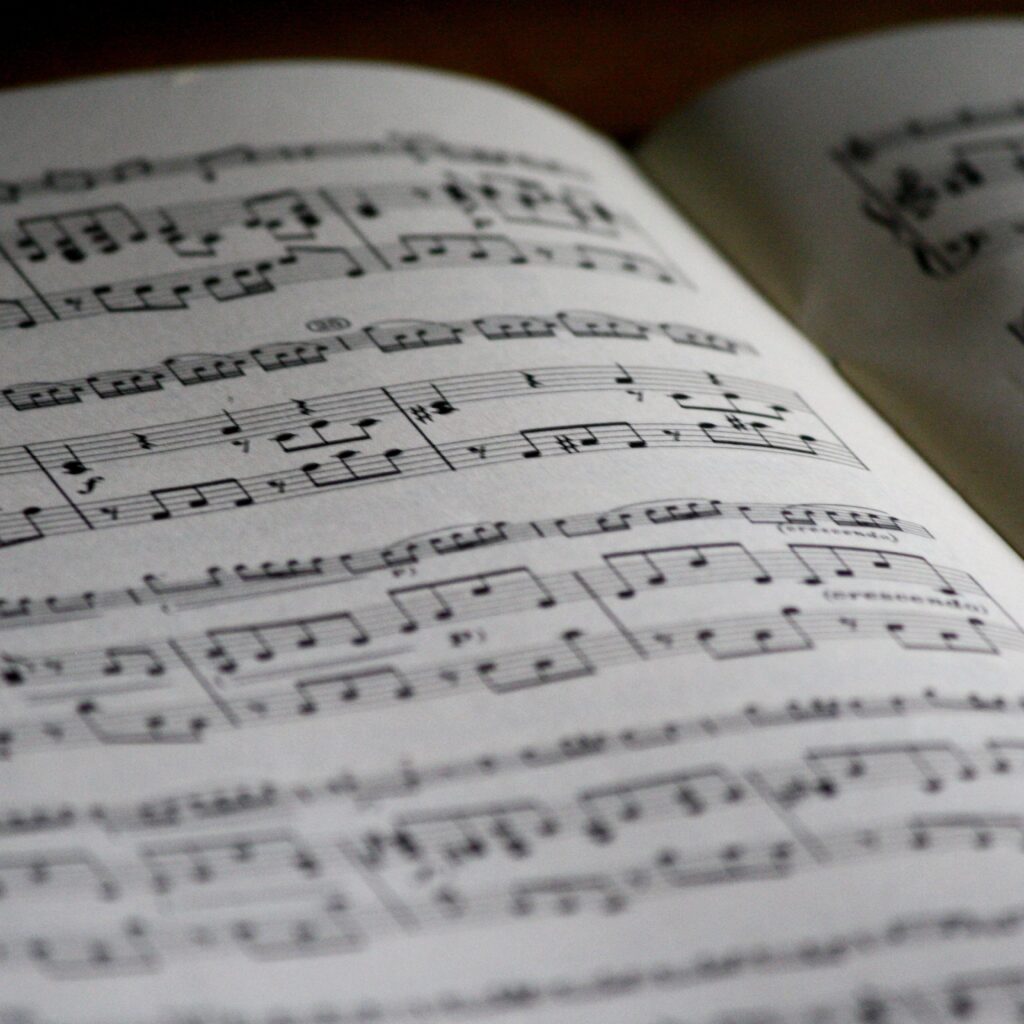If you’ve been wondering “what is piano loco?”, you’ve come to the right place. This guide walks you through the meaning of this term in detail.

Table of Contents
Definition of Piano Loco
The term ‘piano loco’ is rooted in Italian musical jargon, translating to ‘at the normal pitch’ in English. While this term can be perplexing for those new to sheet music, it serves an essential function.
Essentially, ‘piano loco’ acts as a navigational marker, alerting musicians to revert to the written notes’ actual pitch.
This is particularly relevant after a passage where an octave transposition has been specified. In simpler terms, if you’ve been playing notes higher or lower than they are written, seeing ‘piano loco’ is your cue to go back to playing them as they are written on the sheet.
The Origin of the Term
‘Piano loco’ comes from the rich tradition of Italian musical terminology, which has set the standard for musical instruction for hundreds of years.
The term is composed of two Italian words: ‘piano’ and ‘loco.’ While ‘piano’ usually signifies ‘soft’ in a musical context, here it is associated with the piano instrument.
The second word, ‘loco,’ means ‘place’ or ‘location,’ which, in this context, refers to the original or intended pitch of the notes. This combination of words emphasizes the directive to return to the notes’ original pitch location on the sheet music.
Usage in Music
The term ‘piano loco’ typically appears in sheet music for the piano, but you can also find it in music written for other instruments. Its primary purpose is to direct the musician to return to the standard, or written, pitch after playing in a different octave.
This occurs frequently in complex compositions that explore a broad range of pitches and require the performer to move away from the written notes temporarily.
When you see the term ‘piano loco,’ you should immediately stop playing the notes an octave higher or lower and revert to how they are written. This serves to maintain the musical integrity of the composition, ensuring that you perform it as the composer intended.
Examples in Musical Pieces
The term ‘piano loco’ is not restricted to a specific era or genre; it is a universal notation used across various types of musical compositions, from the grand classical works to experimental contemporary pieces.
Its applicability and utility make it a common term you will encounter in your musical journey. Let’s explore its presence in more detail through the works of several influential composers and modern compositions.
The Classical Maestros
Among the giants of classical music, Beethoven’s Piano Sonatas stand as pillars of complex musical storytelling. In these compositions, you will often find the term ‘piano loco’ following intricate sections where octave transpositions add layers of intensity and emotion.
The term serves as a reset button, guiding you back to the original pitch, thereby helping to maintain the structural and emotional integrity of the piece.
Chopin, another stalwart in the classical realm, also employed ‘piano loco’ in his works. Known for his emotive and melodious compositions, Chopin used octave shifts to inject additional emotional weight into his music.
But such octave shifts are not permanent alterations; they are momentary departures, and ‘piano loco’ signals the return to the original state. In pieces like his Nocturnes or Ballades, this term helps in navigating the complexities of the melody, ensuring that you interpret his works as he intended.
A Glimpse into the Modern Landscape
While ‘piano loco’ has its roots in classical music, its utility has been recognized by modern composers as well. In contemporary compositions that often push the boundaries of traditional musical theory and experiment with a broader range of pitches, the term serves as a valuable navigational tool.
Compositions in genres like jazz, postmodern classical, and even some types of electronic music that incorporate traditional instruments have found a place for ‘piano loco.’ It acts as an anchor, ensuring that amid all the experimentation, the foundational pitch of the composition remains intact.
Examples from Popular Music
While less common in mainstream popular music, there are instances where ‘piano loco’ may appear in the sheet music for pop songs, especially those with intricate piano parts.
Artists known for their musicianship and complex arrangements might opt to use this term to indicate shifts back to the original pitch after a particularly showy or experimental section.
For more articles on piano questions, click here: Piano Questions: Your Ultimate Guide to Understanding All About Pianos
Conclusion: What is Piano Loco?
The term ‘piano loco’ may seem like a small detail in the grand scheme of musical composition and performance, but its importance is undeniable.
Serving as a navigational cue, it ensures that musicians interpret a piece as the composer intended, especially following sections that deviate from the original pitch.
Its usage is not confined to any particular genre or era; rather, it is a ubiquitous element found in a vast array of musical works, from classical masterpieces to innovative contemporary compositions.
Understanding ‘piano loco’ is not just a matter of technical proficiency; it’s also about respecting the artistic intentions behind a musical piece.
Whether you are delving into the intricate sonatas of Beethoven, exploring the emotive realms of Chopin, or engaging with avant-garde modern compositions, this term serves as a consistent guide.
It is a reminder to return to the original pitch, thereby maintaining the structural and emotional integrity of the music.
So the next time you encounter ‘piano loco’ in sheet music, you’ll know that it’s more than just an Italian phrase—it’s a cornerstone that aids in the faithful execution of a musical work.
And in doing so, you’ll not only enhance your technical skills but also deepen your understanding and appreciation of music as both an art form and a discipline.